Augmented Reality Fabrication
Augmented reality (AR) is the integration of digital information with the user’s environment in real time.
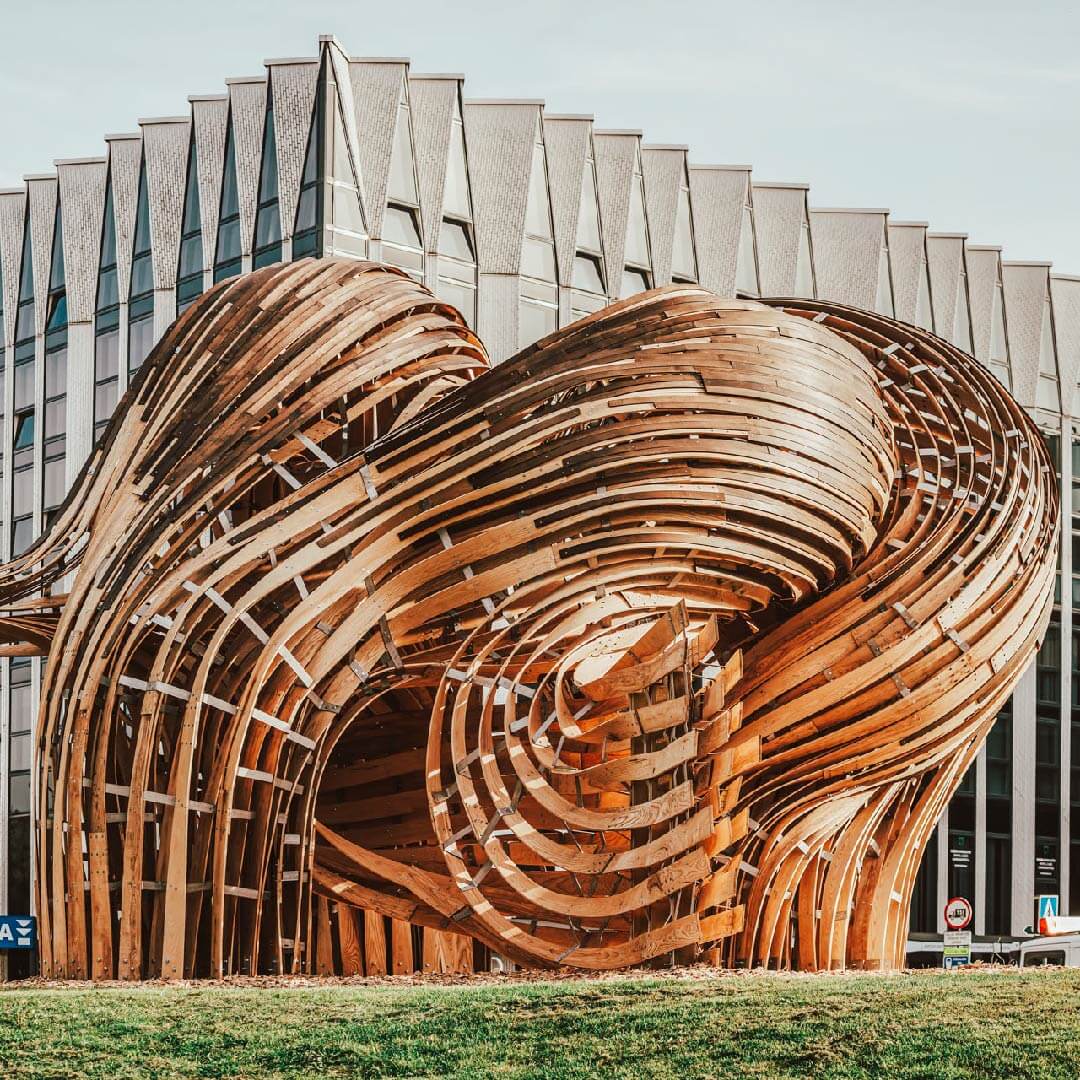
 Unlike virtual reality (VR), which creates a totally artificial environment, AR users experience a real-world environment with generated perceptual information overlaid on top of it.
Unlike virtual reality (VR), which creates a totally artificial environment, AR users experience a real-world environment with generated perceptual information overlaid on top of it.
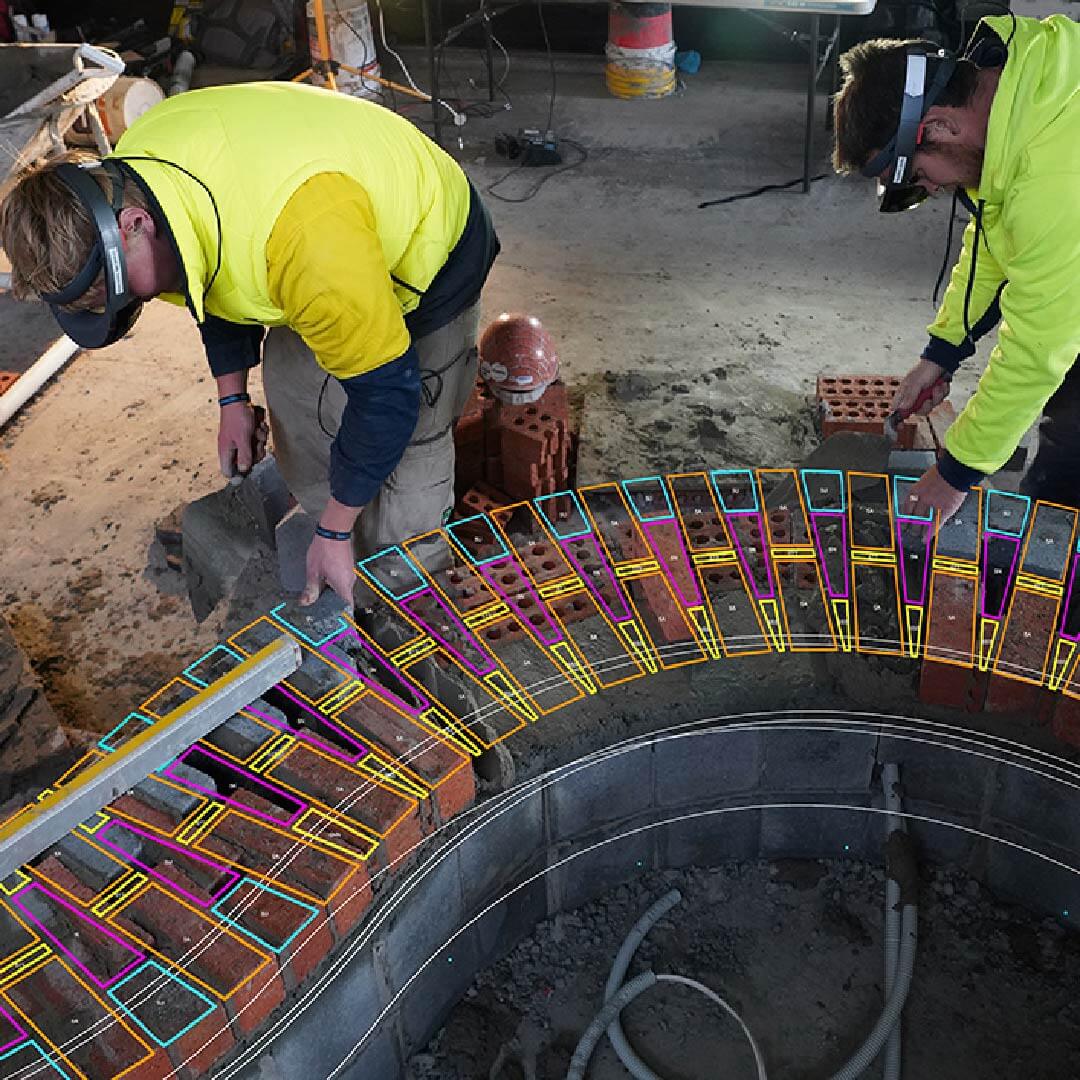
[1]
Augmented reality is used to either visually change natural environments in some way or to provide additional information to users.
The primary benefit of AR is that it manages to blend digital and three-dimensional (3D) components with an individual’s perception of the real world.
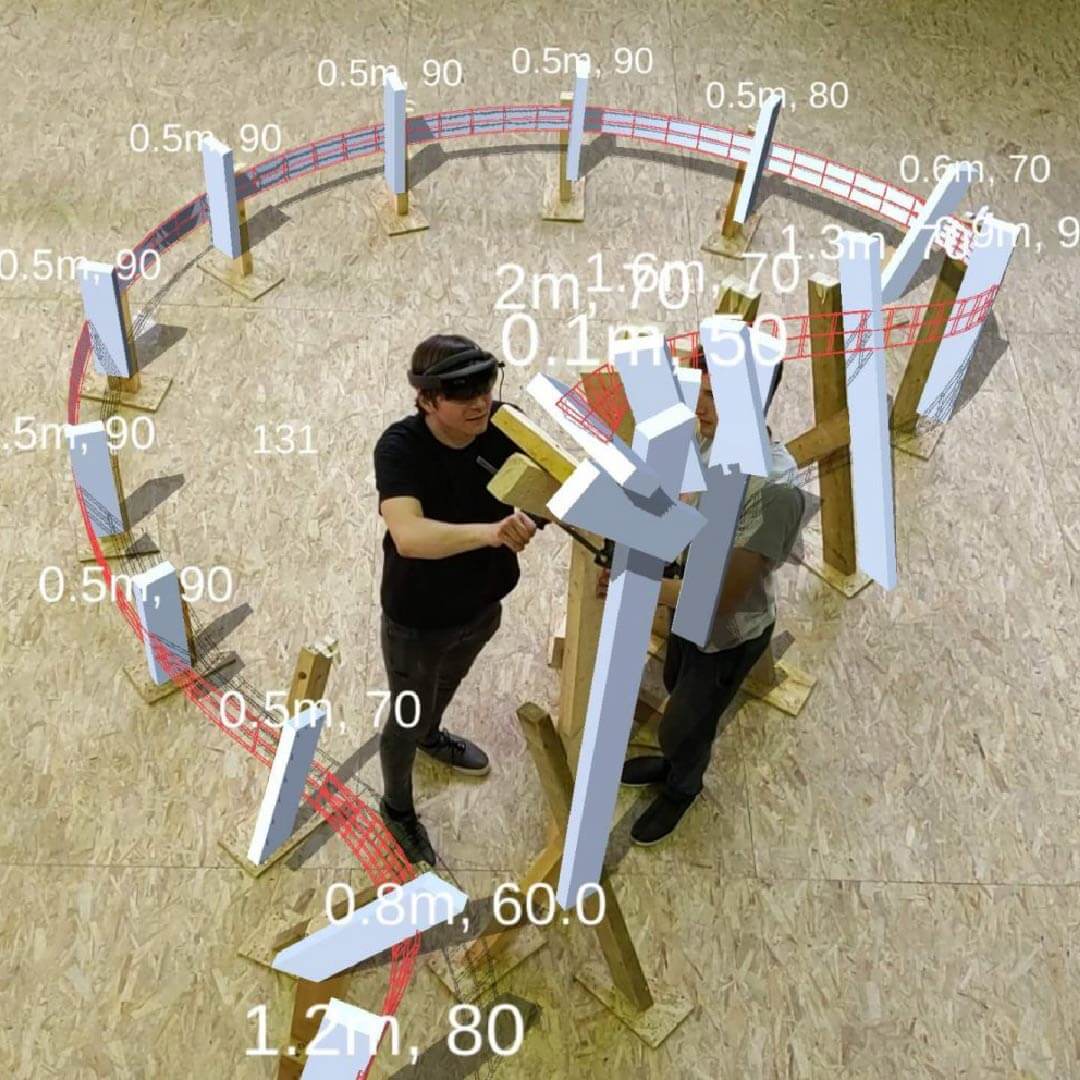 AR has a variety of uses, from helping in decision-making to entertainment.
AR has a variety of uses, from helping in decision-making to entertainment.
AR delivers visual elements, sound and other sensory information to the user through a device like a smartphone or glasses.
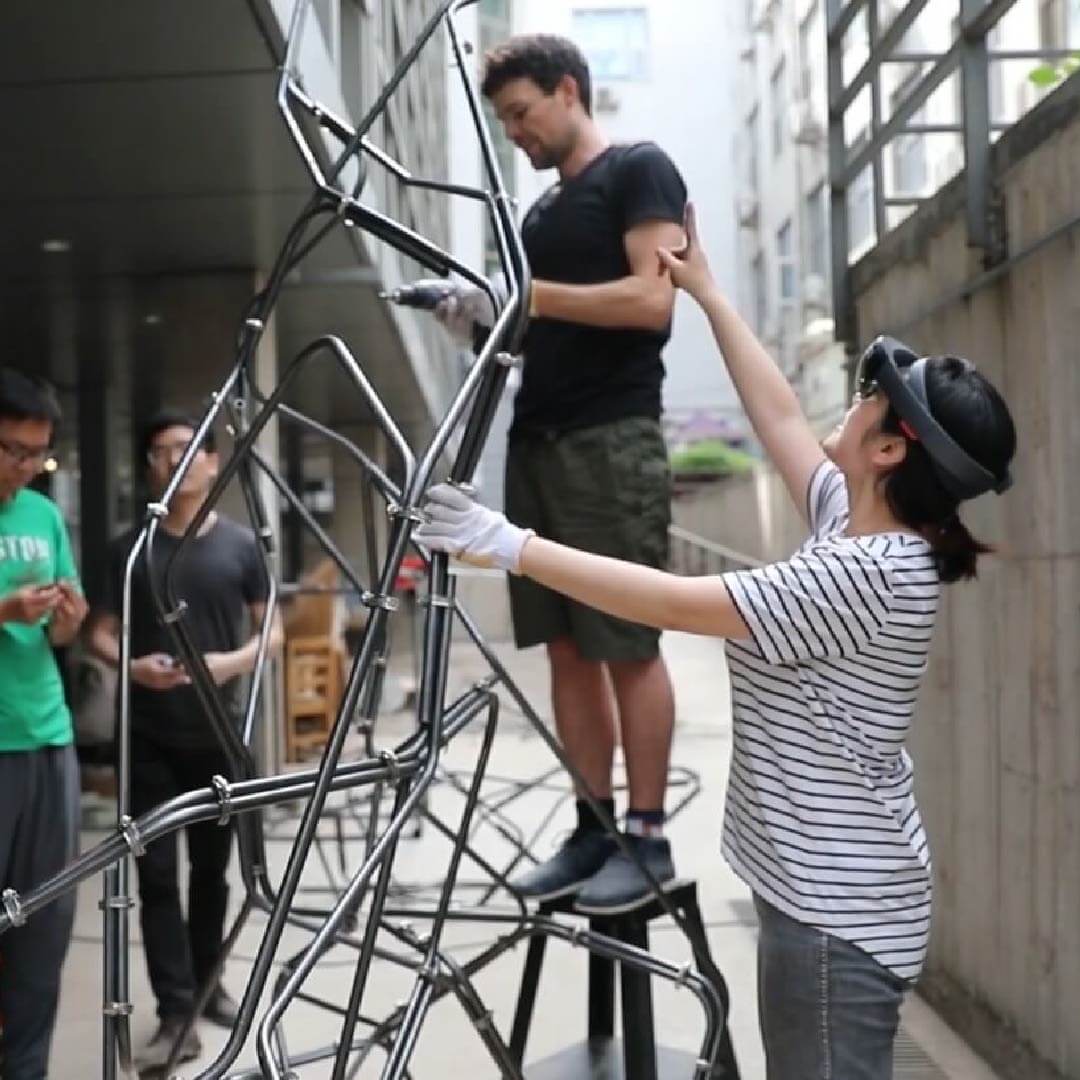 This information is overlaid onto the device to create an interwoven experience where digital information alters the user’s perception of the real world.
This information is overlaid onto the device to create an interwoven experience where digital information alters the user’s perception of the real world.
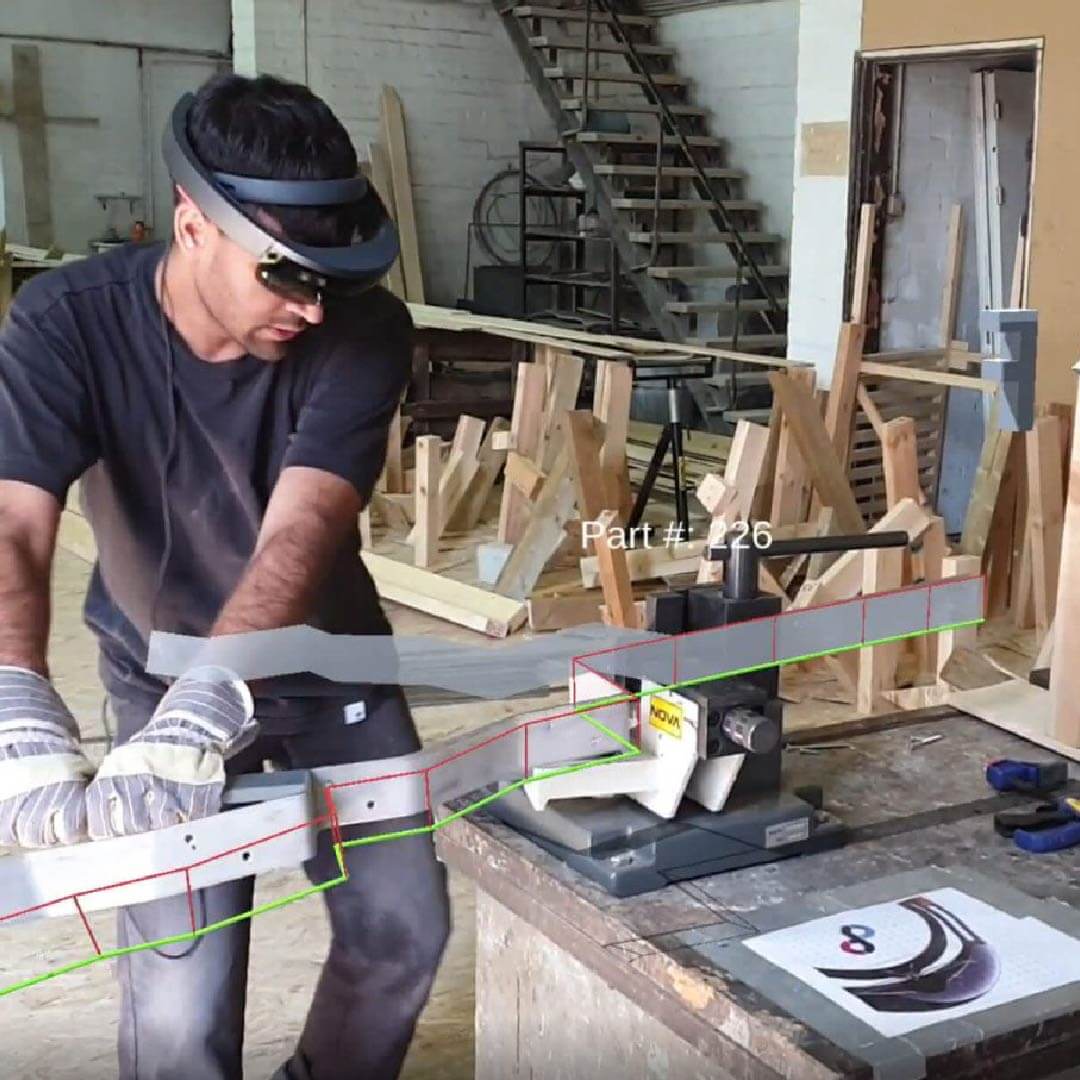
[2]
The overlaid information can be added to an environment or mask part of the natural environment.
Text Source: augmented reality (AR) / techtarget
Video Source:
Meet The Tallinn Architecture Biennale 2019’s Steampunk Pavilion / Youtube/ ArchDaily
Building with Bark / Youtube/ Fologram
Bricklaying in Augmented Reality/ Youtube/ Fologram
Crafting Steel Sculptures with the HoloLens / Youtube/ Fologram
Airbus drives innovation and accelerates production with Azure mixed reality and HoloLens 2/ Youtube / Microsoft HoloLens
AR Has Arrived in Construction / Youtube/ Build In Brief – The B1M




























Comments